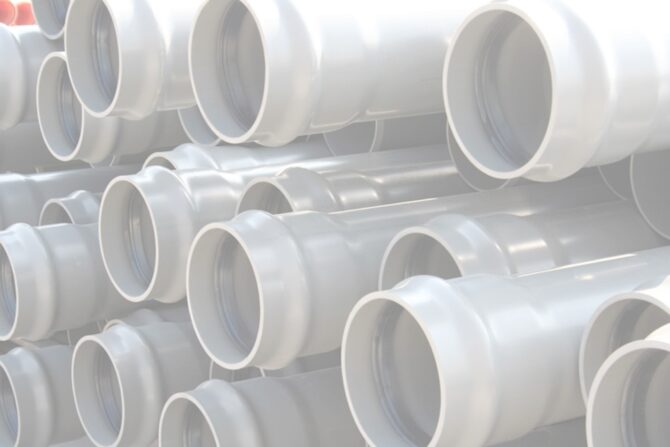
September 2022
PRINCIPAL RESEARCHERS:
Dr. Ronald Whitfield, Dr. Francis Brown, Dr. David M. Hart
WITH KEY CONTRIBUTIONS FROM:
BU Institute for Global Sustainability, Center for Houston’s Future, ITIF
The Pathways to Decarbonize the PVC Chain in 2050 report aims to inform political, business, and societal leaders how an important segment of the petrochemical industry can achieve near net-zero carbon dioxide emissions by 2050. This study demonstrates that achieving this goal for this microcosm bodes well as a model for achieving near net-zero emissions for broader segments of the industry. The high-resolution approach taken here highlights the complexity of the industry and the need for policies that can accommodate yet incentivize a heterogeneous value chain. The work examines a range of distinct technological pathways and policy options to achieve the 2050 goal and estimates the capital requirements and operating costs of these pathways. Policies to accelerate the deployment at scale of these technologies should be debated and implemented to achieve this goal.
Please cite this report as: Whitfield, R.; Brown, F.; and Hart, D.M., Pathways to Decarbonize the PVC Value Chain in 2050, George Mason University Center for Science and Energy Policy, 2022.
Executive Summary
The PVC value chain, a major segment of the petrochemical industry (which is, in turn, a major source of greenhouse gas emissions) may be able to achieve 80%-90% reduction in CO2 emissions by 2050 in the United States using technologies approaching maturity today at a modest incremental cost. The industry average incremental cost – the “green premium” – for low-carbon PVC resin that would be made in the United States in 2050 in our decarbonization scenarios ranges from about 5% to 15% of this product’s price in 2020.
Our estimates draw on a bottom-up model of the PVC value chain, which represents every plant that contributes to U.S. PVC production today. These plants are very heterogeneous. The model assumes continued growth of the PVC market and replacement or upgrading of plants at the end of their useful lifetimes. We screened many technological options and explore two major decarbonization pathways in detail: carbon capture and sequestration (CCS) and hydrogen fuel. For each pathway, we study representative policies of varying stringency as well as game-changing technological innovations.
Technology adoption choices in the model are made at the plant level, based on plant-specific economic and industrial conditions as well as the policy and technology assumptions built into each scenario. CCS is a capital-intensive technology with relatively low operating costs, and economies of scale favor its application by large plants. Very stringent policies or breakthroughs that reduce the capital costs of CCS drive substantial abatement in our models by 2030 if supporting infrastructure is in place and by 2040 with more realistic assumptions.
Decarbonization using hydrogen fuel is less capital intensive than CCS, and the cost of hydrogen is sensitive to the cost of natural gas and the scale of production. Very stringent policies or very low-cost hydrogen drive substantial abatement in our models by 2040 if supporting infrastructure is in place and by 2050 with more realistic assumptions.
Many uncertainties could affect achievement of the outcomes that we study, and our model does not cover upstream and downstream emissions. Moreover, policy interventions will be required to realize any of the decarbonization pathways that we explore. Demonstration projects and infrastructure development are particularly important in the near-term. Incentives for early adoption, public procurement, carbon pricing or air pollution regulation, and trade policies are vital over the longer-term.
Appendices
